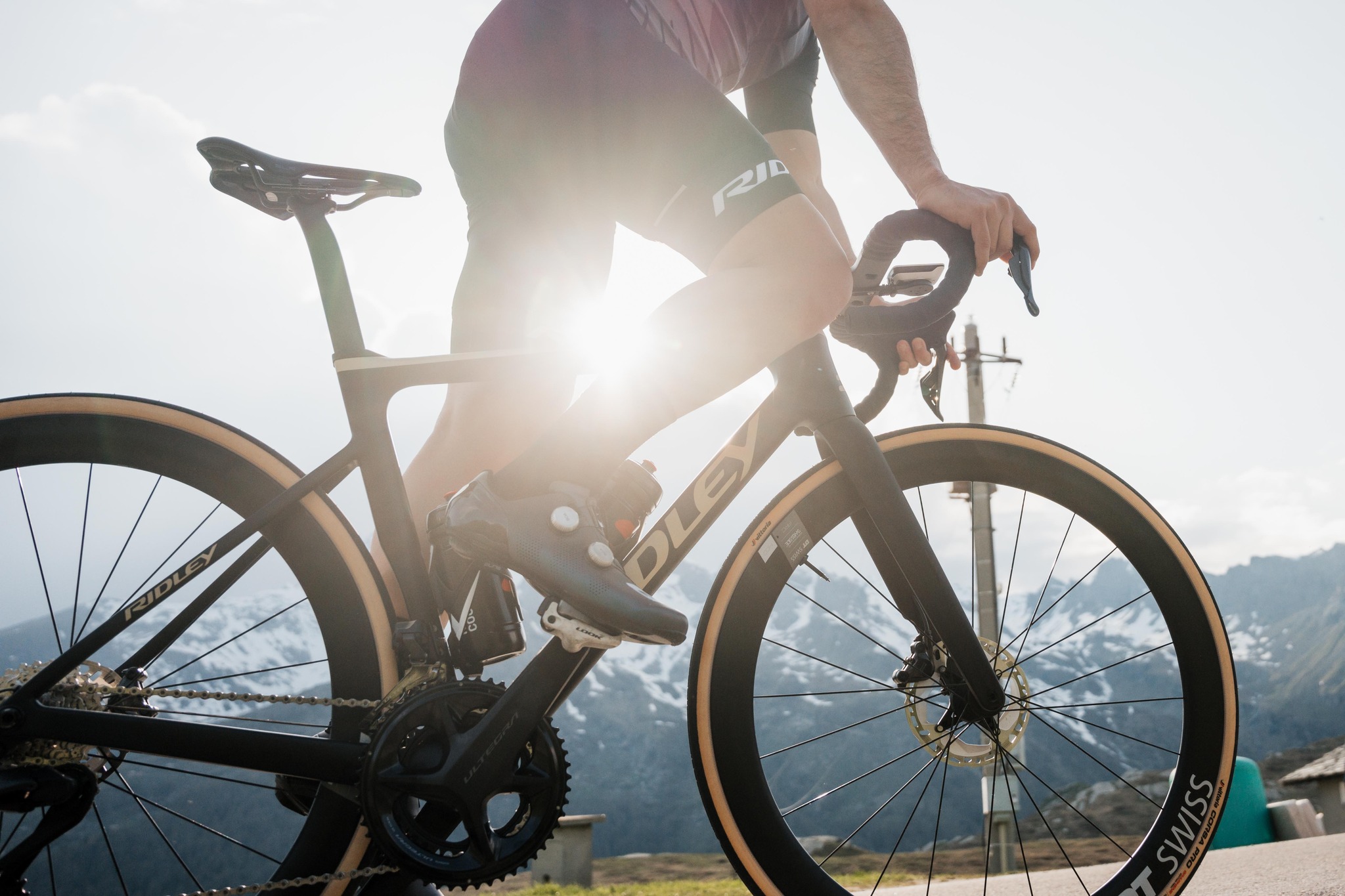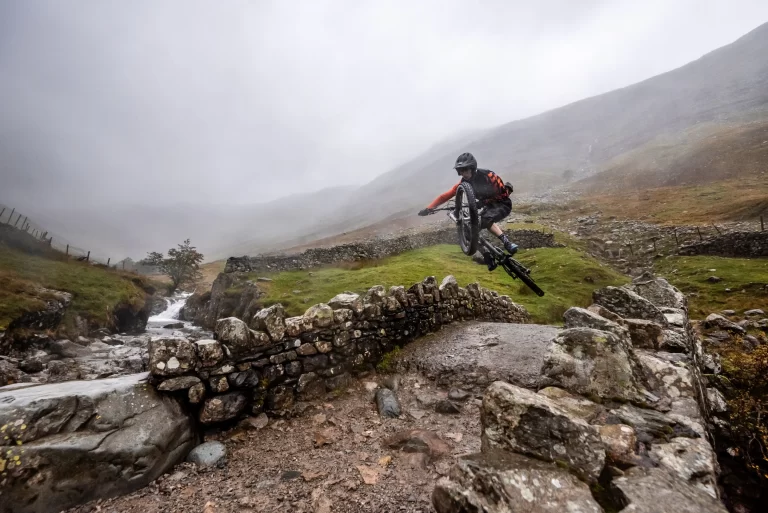Maximizing Safety on the Road: A Comprehensive Guide to Helmet Safety Features for Road Biking

Key Point Summary of Helmet Safety Features for Road Biking:
- Innovations in Helmet Safety: Exploring the latest safety features in road biking helmets.
- Importance of Proper Protection: Why advanced safety features are crucial for road bikers.
- Selecting the Right Gear: Tips for choosing helmets that combine safety with comfort and style.
As a masters cyclist with extensive experience in various biking disciplines, I understand the critical importance of helmet safety features, especially in road biking. This article is geared towards beginner and mid-level cyclists, aiming to provide insights into selecting the best cycling gear for protection and comfort.
Innovations in Helmet Safety
The world of cycling has seen remarkable advancements in helmet safety. Technologies like MIPS (Multi-directional Impact Protection System) are now common in high-end helmets. I remember my first ride with a MIPS-equipped helmet; the added safety gave me a newfound confidence on busy roads.
Importance of Proper Protection
On the road, the risks are higher, and the right helmet can be a lifesaver. Helmets with extended coverage, especially at the back, are essential. I’ve had close calls where my helmet’s robust design has made all the difference.
Selecting the Right Gear
Choosing a helmet isn’t just about safety; comfort and style play significant roles. Look for helmets with ample ventilation to keep you cool. Adjustable fit systems ensure the helmet stays securely in place, a feature I’ve found indispensable during long rides.
A Closer Look at Road Bike Helmet Innovations
MIPS technology, as exemplified in models like the Giro Aether, significantly enhances rider safety. It’s designed to reduce the rotational forces on the brain during a crash, a feature I’ve personally found to be a lifesaver during an unexpected fall. This technology reflects the ongoing advancements in helmet design, aiming to offer maximum protection during impacts.
Proper maintenance and care are essential for ensuring the helmet retains its protective qualities over time. Equally important is the fit and sizing of the helmet, as its safety features are most effective when the helmet fits correctly. With emerging trends in helmet technology, we’re seeing a continuous evolution in safety features, indicating a promising future for road cycling safety. Understanding these aspects helps cyclists make informed choices, balancing safety with comfort and style on the road.
FAQ
What are the safety features of cycling helmets?
Cycling helmets typically feature a hard outer shell for impact resistance and a softer inner liner (often made of EPS foam) that absorbs shock. Many modern helmets include the Multi-directional Impact Protection System (MIPS) to reduce rotational forces on the brain in case of angled impacts.
Additionally, they may have adjustable fitting systems for a secure fit, adequate ventilation for cooling, and sometimes integrated technology like communication systems, crash sensors, or lights for increased visibility and safety.
What are the features of a bike helmet?
Features of a bike helmet typically include a sturdy outer shell for impact resistance, an inner shock-absorbing liner (commonly EPS foam), and a retention system for a secure fit. Helmets often have ventilation holes for airflow and cooling, and some advanced models include safety technologies like MIPS for added protection against rotational forces during impacts.
Additionally, features like adjustable straps, removable padding, and in some cases, integrated lighting or communication systems, are also common in modern bike helmets.
What should I look for in a road cycling helmet?
When choosing a road cycling helmet, look for safety features like MIPS (Multi-directional Impact Protection System) for added protection against rotational forces. Ensure it has a comfortable and secure fit, which is crucial for safety and comfort. Good ventilation is important for cooling, especially on long rides. The helmet should be lightweight to reduce fatigue. Aerodynamic design can also be a consideration for performance cyclists. Finally, check for durability and quality of construction to ensure it will provide long-lasting protection.
Final Thoughts
Road biking demands helmets that provide optimal protection without compromising on comfort or style. My journey in cycling has taught me the value of investing in a quality helmet.
It’s not just a piece of gear; it’s a crucial companion on the road, safeguarding your most valuable asset – your head.
John






